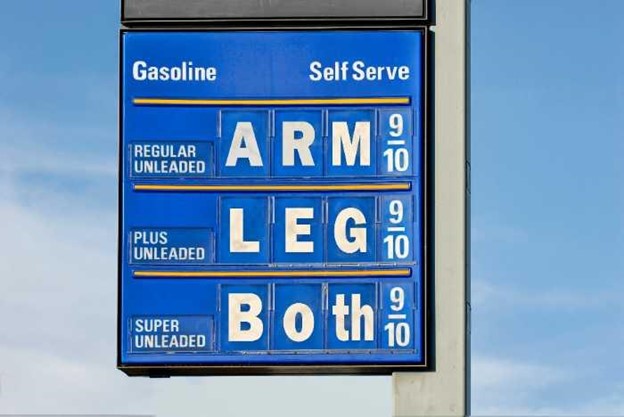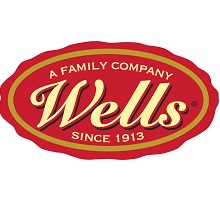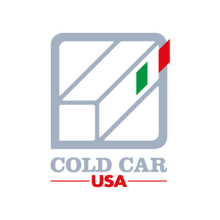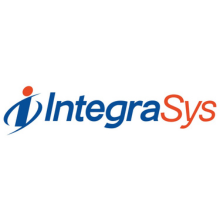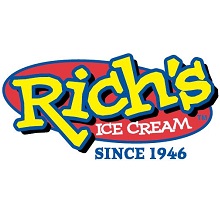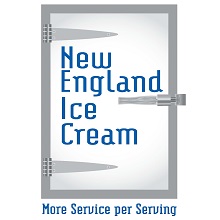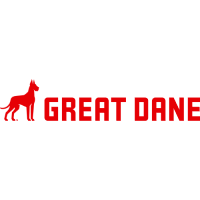 |
 |
 |
How to Deal with a 65% Increase in Fuel Prices: Add a Surcharge or Raise Prices?
Sources:
Costs have been on the rise, and inflation has increased across the country, affecting every company, especially those that rely on fuel to run their business. The price of fuel has increased by 65% in the past year, and this is driving up the cost of direct store delivery (DSD) with minimal signs of relief in the foreseeable future. As the cost of fuel continues to increase, companies must decide whether to add a surcharge to prices or raise prices outright. There are pros and cons to both options. Adding a fuel surcharge may help offset some of the increased costs, but it could also alienate customers who are already struggling with higher prices. Raising prices outright may be a more direct way to deal with the increased costs, but it could also lead to lower sales as customers look for cheaper options. Ultimately, the decision of how to deal with increased fuel prices will come down to what will work best for the company and its customers. A clearly defined fuel surcharge that is communicated to customers ahead of time may be the best way to deal with increased fuel prices. This will allow customers to know exactly how much they will be paying for their purchase, and it will help offset some of our increased costs. The key to getting customers to accept the fuel surcharge is to make your case based on facts rather than arbitrary numbers. Add Fuel Surcharge based on Average Miles Per StopWe recommend that each distributor use the national fuel surcharge calculator to come up with a fair and competitive price. This will help ensure that your company does not overcharge or undercharge for the fuel surcharge. Once you have determined the average miles per stop, you can add the fuel surcharge to your directly to your invoice. Let's take, for example, the state of California. The fuel surcharge would come out to $6.72 per stop. How did we get this number? Let's take a closer look. Step 1: Calculate Average miles per stop from depot: 16 miles
What is the consequence for the customer if they do not accept the fuel surcharges?Keep in mind that the key is to make a decision and stick with it! It is important to set the precedent that you will not be able to continue deliveries because the business is not sustainable when losing money on every delivery. If you make an idle threat, the customer knows they can continue to hold out and wait for you to give in because they know you need their business. The fuel surcharge is a direct result of an increase in your operating costs, clearly outline above. You need to make it clear that this is non-negotiable and if the customer does not accept the fuel surcharge you will need to stop deliveries. As a final note, it is important to communicate to your customers that you will review the fuel surcharges periodically and make adjustments as needed. The fuel market is constantly changing, and the surcharge should reflect these changes. Other Tips to Combat Rising Fuel Prices
In SummaryA fuel surcharge isn’t meant to cover the complete cost of fuel. You should only charge what you need to cover the fuel increase. This is why it is important to use the National Fuel Surcharge Calculator to come up with a fair and competitive price. Customers understand that there are direct costs associated with providing them service and may be more likely to accept a fuel surcharge if it’s communicated to them in advance and is based on actual increases in your fuel costs. Finally, it is important to note that this is a difficult decision to make, but we hope this guide has given you the information you need to make the best decision for your business. |


